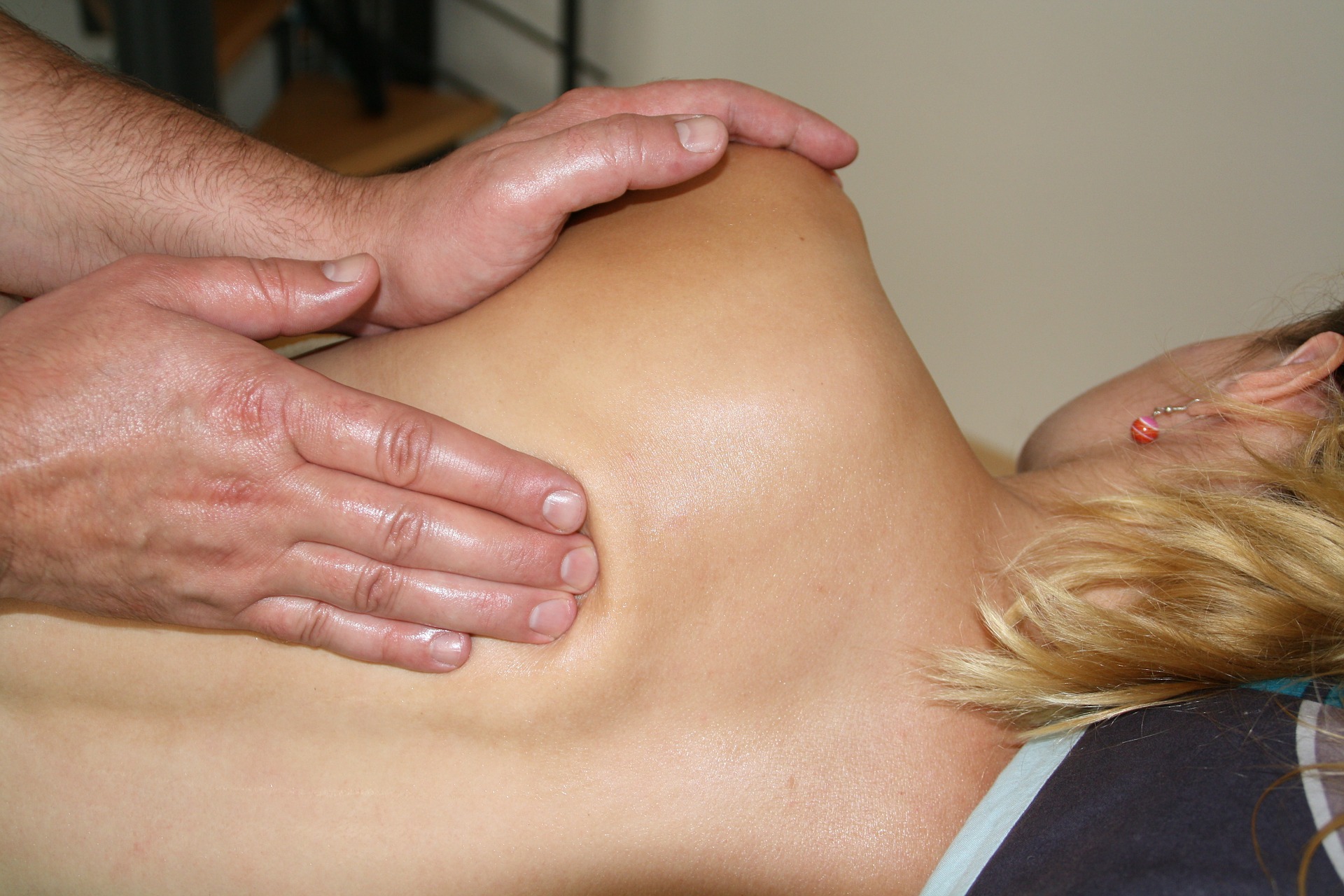Physiotherapy for Orthostatic Hypotension
Orthostasis means ‘upright posture’ and hypotension means low blood pressure. Thus, orthostatic hypotension – also called postural hypotension, is a condition that occurs when people stand up after long hours of being seated. Patients who suffer from orthostatic hypotension are also commonly seen complaining of dizziness, faintness and lightheadedness.Although orthostatic hypotension is a mild condition that occurs inconsistently for a few minutes or seconds, there are cases of long-lasting orthostatic hypotension. When a person experiences orthostatic hypotension frequently, it is often an indication of a more serious problem. Hence, it shouldn’t be ignored or taken lightly. Treatments The treatment methods adopted for
How Physiotherapy Can Help With Sciatica
The back pain associated with sciatica can be debilitating and cause serious impairment of strength and ability to function. While it is easy to understand what sciatica is, knowing the best path to recovery is entirely dependant on what is causing the pain to begin with. A physiotherapist is not only qualified to diagnose sciatica, but he or she is also knowledgeable in the best treatment options. Before you turn to Google to help with your sciatic pain, find out more about what sciatica is and how a physiotherapist may be your best course for treatment. What is Sciatica? Sciatica is a term
What Can Physical Therapy do for Your Back and Neck Pain
Common types of back pain Pain in the back differs from person to person. This is because the area where the pain originates, the intensity it reaches and the symptoms vary from person to person. However, depending on the most common types, back pain has been categorized into three main categories Axial pain Axial pain is one of the most common types of pain and is often the consequence of a muscle strain. This pain can be sharp, dull, constant or chronic. Referred pain Often described as dull and achy, referred pain tends to spread around and vary in intensity. It generally originates from the
Posture at the Office
Most of today’s work environments, especially offices, involve extended periods of sitting. While this may seem like an appealing way to work, sitting for long periods of time can have an adverse effect on your health. All that sitting lowers your body’s metabolism, makes your muscles stiff and causes harm to your posture. Studies have been conducted that indicate that sitting for too long increases your chances of developing obesity, diabetes and heart problems. Prolonged sitting can also cause sitting fatigue and have a negative effect on your ability to concentrate. If you work in an environment that involves a lot of
What is Piriformis Syndrome?
Piriformis Syndrome is pain experienced in the hip, buttock, hamstring and sciatic regions. It is a fairly uncommon neuromuscular disorder. This syndrome happens when the piriformis muscle compresses the sciatic nerve. The piriformis muscle is a flat, band-like muscle located in the buttocks near the top of the hip joint. This muscle is important in lower body movement since it stabilizes the hip joint and lifts and rotates the thigh away from the body. This enables us to walk, shift our weight from one foot to another, and maintain balance. The sciatic nerve is a thick and long nerve in the









